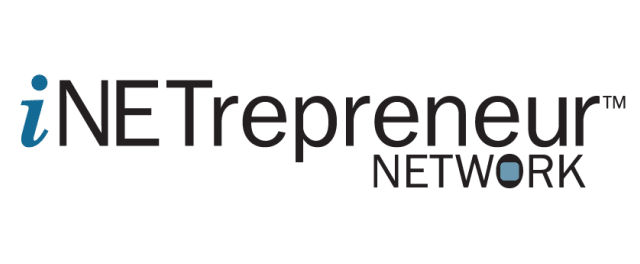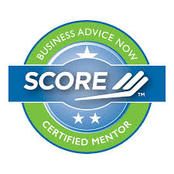|
A lot of small business owners talk about the ups and downs of running a business. Feast or famine. Either you’re very busy and making a lot of money, or you’re twiddling your thumbs while watching all the money drain out of your bank account. But what if I told you it doesn’t have to be that way? That you can have steady income as a small business owner? It might seem like it’s too good to be true, but it’s a very attainable goal if you have a business development strategy and you follow through with it.
Determine Your Destination
Define Your Ideal ClientDefining your ideal client is a crucial part of your business development strategy because it will drive every other element of your business development efforts, from the networking events you choose to attend, to the topics you cover in your marketing materials, to your marketing channels. Only once you know who your target audience is, what pain points you’re solving for them, and where they tend to hang out (both online and off) can you create a successful business development strategy. Define Your GoalsRemember the definition of a SMART goal: Specific, Measurable, Attainable, Relevant, and Time sensitive. So how are you defining your goals and what metrics are you going to use to determine whether you reached them? Identify the Resources You NeedOnce you know where you want to take your business, it’s time to make a list of the resources you need, both to get there, and to measure your results. This can mean technology to help you get in front of and stay in touch with prospects and clients, or it can mean people, whether it’s referral partners to help spread the good word about you, or people to take some of the work off your hands.
0 Comments
You’ve probably heard this phrase so many times it’s stopped meaning anything to you. It’s too easy, right? Gaining clients and growing a business can’t be as easy as following up with someone after we’ve already had a conversation with them. But it is! Because here’s the thing: it takes an average of 6-8 touches to convert a lead into a sale. That means people need more than just hearing your elevator pitch to want to work with you. They’re going to want to get to know you first, but they’re not necessarily going to be the one to reach out to you after that first point of contact, so you need to have a plan in place to reach out to them. Here’s what I recommend: Plan Ahead
Take Notes
Try to follow up with any leads within 24 hours after that first point of contact. If you wait any longer, they’ll be more likely to have forgotten you and the conversation they had with you. It also doesn’t make a very good impression to wait too long to follow up because it makes them feel like they’re not a priority for you, and if they don’t feel like a priority as a prospect, they’ll assume they won’t be a priority if they become a client. Once you’ve scheduled a follow-up meeting, send them an invitation as soon as you’ve finished scheduling it, because that makes it more likely the meeting will go on their calendar and they won’t accidentally double book themselves for that time slot. Be sure to follow up again after the meeting. As with the event, you’ll want to take notes during the meeting so you can reference the conversation you had with them in your follow up email. Similarly I have a pre-made email template that is customizable for this too. For more tips and tricks like these, you check out my other blog posts, or you can check out my online academy, which covers everything from the first steps you need to grow a business, to networking and making sales calls. It’s a great option for those who are just starting out and don’t yet have the budget to hire a business coach.
It’s the beginning of a new year and people everywhere are making all kinds of resolutions to be better versions of themselves, and if you’re a small business owner, chances are good that at least one of your resolutions this year is to grow your business. But it’s one thing to say you’re going to grow your business, and another thing to actually achieve that goal. If you’ve spent a lot of time thinking about the what and the why, but you get stumped on the how, I have a few ideas to help you achieve your small business goals for 2021: Set Growth Goals
Map Out Your Course of ActionOnce you have your course set, you need a map to figure out how to get there. How are you going to get from where you are now to where you want to be by the end of 2021? Your action plan needs to be as concrete as your goals. What steps are you going to take to get in front of new leads and convert them into customers? Or what are you going to do to convince existing customers to spend more money with you? Determine Your Growth Tools and ProcessesIf you’re planning on traveling somewhere overseas and all you have is a car, you know at some point you’re going to have to switch to either a boat or a plane. The same goes for your course of action to help you achieve your growth goals for your small business. Take a look at what you have, how far those tools and processes can get you, and then take a look at how far you need to go. Do your current tools and processes have what it takes to take your business to the next level? If not, what do you need add, change, or get rid of to get where you need to go? Put Your Plan into Action
You’ve probably heard the saying that people like to work with those they know, like, and trust, but have you stopped to consider what that really means? What is required to get people to know, like, and trust you? The answer is that you need to focus on building your relationship with them before they’ll be willing to work with you. Building relationships is key to achieving success, but it’s often overlooked. Let’s stop glossing over this very important skill and talk about why you can’t achieve success if you don’t focus on building relationships. Get to Know Your Ideal Client
Sell MoreAs you get to know more about your clients, you’ll often find you solve pain points for them that you didn’t realize they had, and that allows you to sell more. This is not about pushing extra products/services on your clients that they don’t need. It’s about solving problems for them, and if you realize they could benefit from something you offer that you didn’t know they needed (and/or they didn’t realize you provide) why not let them know how you can help them? Yes, it increases your bottom line, and of course that’s good for you, but it also solves a problem for your client, and that’s good for them, too. Everybody wins! Focus on Long-Term Goals
Whether you need help building relationships with your ideal clients, or any other aspect of growing your business, I can help. Schedule a FREE clarity call with me now so we can talk about all the ways I can be of service to your business so you can be of service to your ideal customers.
|
Why Morsels?Business advice, 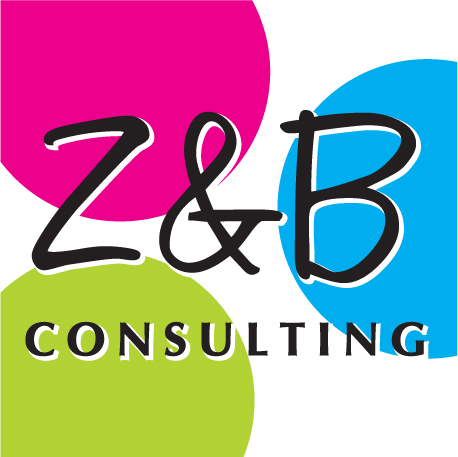
Please tell me how you found me
Archives
June 2022
Categories |
|
Office: 815-524-4307
|

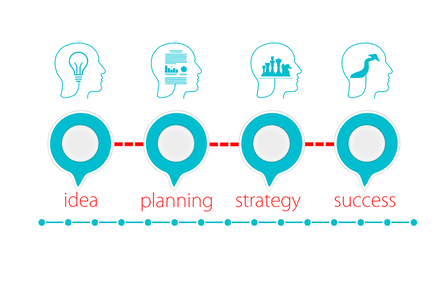
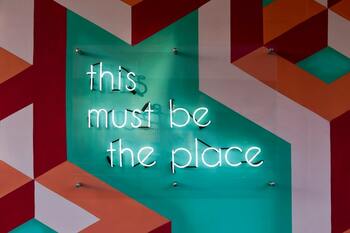

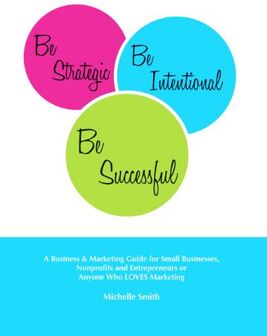
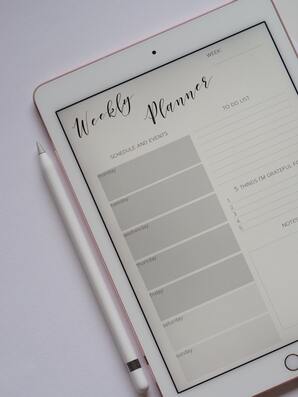


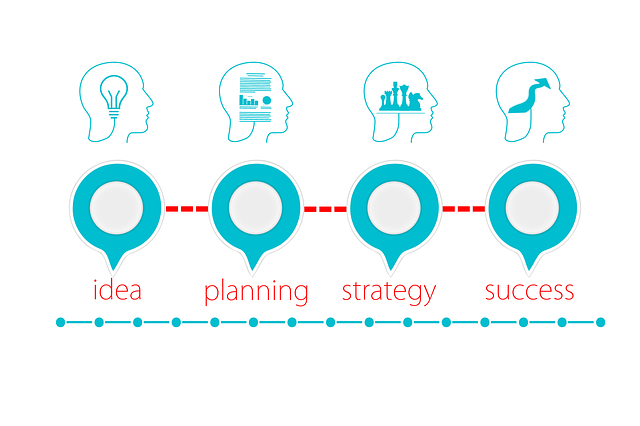


 RSS Feed
RSS Feed



